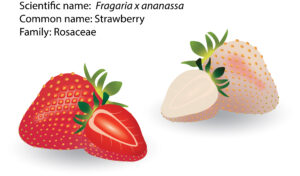
Strawberry
Strawberry is scientifically known as Fragaria x ananassa. Breeding between two American species, Fragaria chioensis and Fragaria virgiana resulted in a hybrid plant, the cultivated strawberry. The cultivated strawberry originated from hybridizing two American species, Fragaria chilioensis Duch. and Fragaria virginiana Duch. Strawberries can be diploid, tetraploid, hexaploid, octoploid, and decaploid. The woodland strawberry, F. vesca, and most native species worldwide are diploid. They range from dioecious to hermaphroditic and self-fertile to self-incompatible. Three known […]
Read More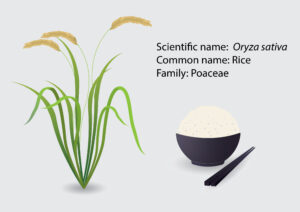
Rice to meet you!
General description Rice, scientifically known as Oryza sativa, is one of about twenty aquatic or swamp-dwelling, annual or perennial grasses in the genus, occurring wild in warmer parts of Africa, Asia, and Australia. Rice falls under the family of grass, which is Poaceae, which consists of about three hundred and fifty species of different genera that includes seven species of Oryza, which have been reported as weeds of rice. The genus Oryza includes more than […]
Read More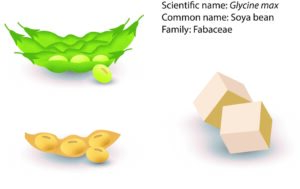
Give peas a chance, Soybean
General description Soybean is one of the most popular foods around the world due to its nutritious and medicinal values. There are over 2500 varieties of soybeans that come in many sizes, shapes, and colors. Glycine is a genus of eighteen slender, twining, or trailing perennial legumes that is under an annual legume of the pea family, Fabaceae. Most Glycine are native to Australia but extend to eastern Asia and the Pacific islands. The only cultivated species, […]
Read More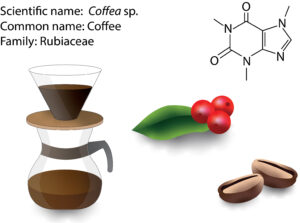
A brew-tiful day!
A good morning always starts with a beautiful brew that fills up the atmosphere of the room with a coffee aroma. Coffee is the seeds of a small tree originating from tropical Africa and native to few places in Asia. At the same time, wild coffee is found in the remote forests of Africa and on the island of Madagascar. Wild coffees are also found in other tropical countries like India, Sri Lanka, and Australia. […]
Read More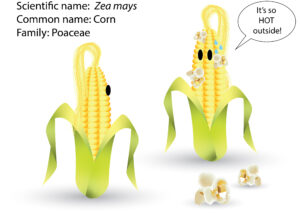
Not that corny, but a group of diversified individualists – Corn
General Description Corn is an essential crop and one of the most consumed staple foods consisting of about 20% of human’s calorie intake globally. Scientifically named as Zea mays. Indigenous populations in Mexico first domesticated corn around 10,000 years ago, it has evolved through thousands years of intensive breeding and shown powerful usage for food, feed, fiber, and fuel. Known as the mother grain of Americans and the driver of the US economy, the United […]
Read More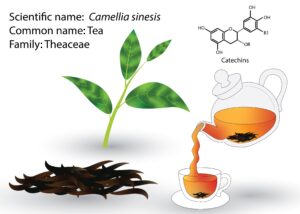
Me time or teatime?
Tea, scientifically known as Camellia sinensis, is recognized as one of the most popular genera in the flowering shrubs with the profusion and beauty of the garden varieties. It is the second most commonly drank liquid after water. All the tea is made from this species, and it is grown mainly in the plantations in highlands of tropical Asia. It originated from southern China, then spread to Japan and India and more recently in other […]
Read More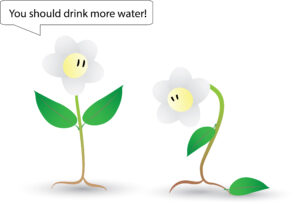
The importance of water in plant
The myth that how life is formed is considered as many aspects are involved, but water is one of the most important elements, both at the early stage and the lately evolution of life. Water is not just participate as the building blocks, but also as the director, the medium and the regulator. Every organism needs water in the form of liquid or gas. How long can we survive without the water, H2O? The study […]
Read More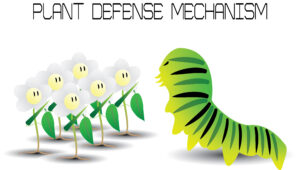
There is no botanical hospital. Does a plant own a weapon?
Unlike animals, plants are sessile organisms, which are not able to move by themselves. They do not have wings to fly nor legs to walk. However, plants are anywhere, and they are transported from an area to another area with the help of a disperser, or a pollinator. The dispersers/pollinators can be rain or wind, or it can be organisms like insects, animals, and humans. The wild nature is about being prey and predator. Prey […]
Read More